We wrote a piece on benefits communication a while ago, focused on clearing up 9 confusing benefits terms. Benefits are a tricky topic. That includes pre-tax benefits. This makes proper benefits communication crucial.
So, knowing that benefits communication is complicated (even if it’s not intentional), this blog will equip you to reframe confusing Open Enrollment terms to raise your employees’ understanding of the terms.
Then they won’t spend as much time coming to your office asking about the terms. Everyone wins! Your employees know more and you have more time.
Embedded deductible or deductible
If you’ve read our blog on how “high deductible” can seem like a dirty word, you have a glimpse at some of the confusing benefits jargon. Instead of saying “deductible” what can you say instead?
Don’t Say: “Deductible”.
Say: “The amount of money you need to spend before your insurance benefits cover costs”. You can get to the specifics and nuances later. If you feel more comfortable adding a caveat, you can say “In most cases, this refers to how much money you need to spend before your insurance will be available”.
Don’t Say: “Embedded deductible”.
Say: “Everyone in your family will have their own personal level of money to spend you can receive insurance benefits. However, there will also be a level of money the whole family needs to spend before insurance benefits are available. In this case, once you hit the family level, all expenses will be paid, regardless of if everyone in the family has spent the individual level”
High Deductible Health Plan
Before you attempt to release your benefits communication, make sure your audience knows what a deductible is. If they don’t, have them read number one. After that, you’ll be ready to give them your rephrased version.
Don’t say: “High Deductible Health Plan” or “Catastrophic Plan”
Say: “Low premium plan” “HSA-compatible plan”
Painting a high deductible plan as a “low premium plan” simply highlights the other side of truth that resides in the plan. And low premiums can be very appealing. Additionally, while not directly reframing the plan name, you can also mention that HSAs come with an out-of-pocket maximum as a protective measure that is not present in traditional co-pay plans.
Plan Year
Plan Year. Fiscal Year. Calendar Year. Who knew there were so many different kinds of years? During Open Enrollment, you’re most likely to talk about a Plan Year rather than the other two.
Don’t say: “Plan year”.
Say: “The time frame during which your benefits are effective, generally twelve months long”.
We pulled that description right off of our FSA materials that we give to participants. While there isn’t often too much confusion around the term “Plan Year”, when it’s clumped in with all the other Open Enrollment jargon, it can feel like another benefits term to keep track of instead of a familiar label.
Tax-free
We know, we know. How can Benefit Resource, a third party of tax-free benefits, say to not use “tax-free”?
Well, we’ve been taking our own advice. While we still use tax-free in various materials and web pages, we’ve also expanded how we talk about the benefits we provide so it’s easier for more people to understand.
Don’t say: “Tax-free” or “Tax-advantaged”.
Say: “You can save 30% or more on healthcare”
Threw you for a loop there, didn’t we? To use any terms emphasizing or even just mentioning the word “tax” means (like “before taxes” or “not taxed”) give the listener taxes as the anchor point. Rather, this is chance to focus on the outcome (saving on healthcare), rather than the process (through tax-free money).
Benefits communication isn’t easy
Benefits communication isn’t always easy. There are so many i’s to dot and t’s to cross. You’re trying to do your best. One more way to do that is to reduce barriers to understanding by rephrasing common terms. You’ve got this!



